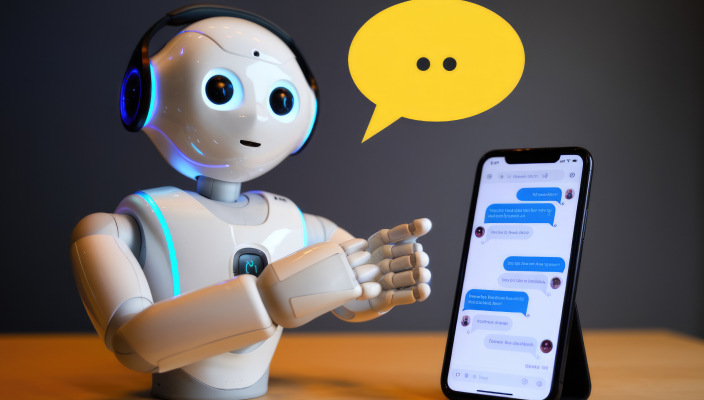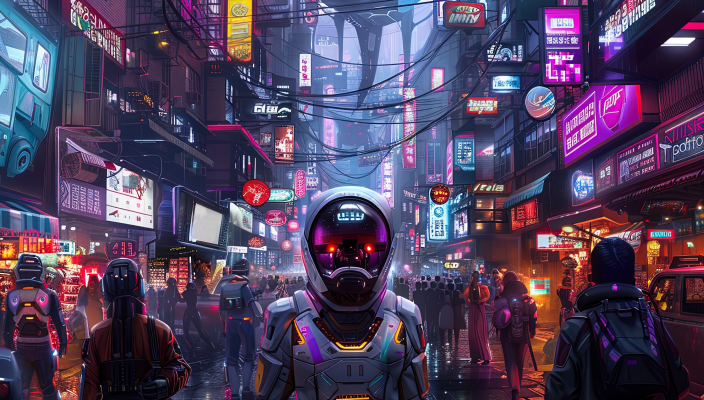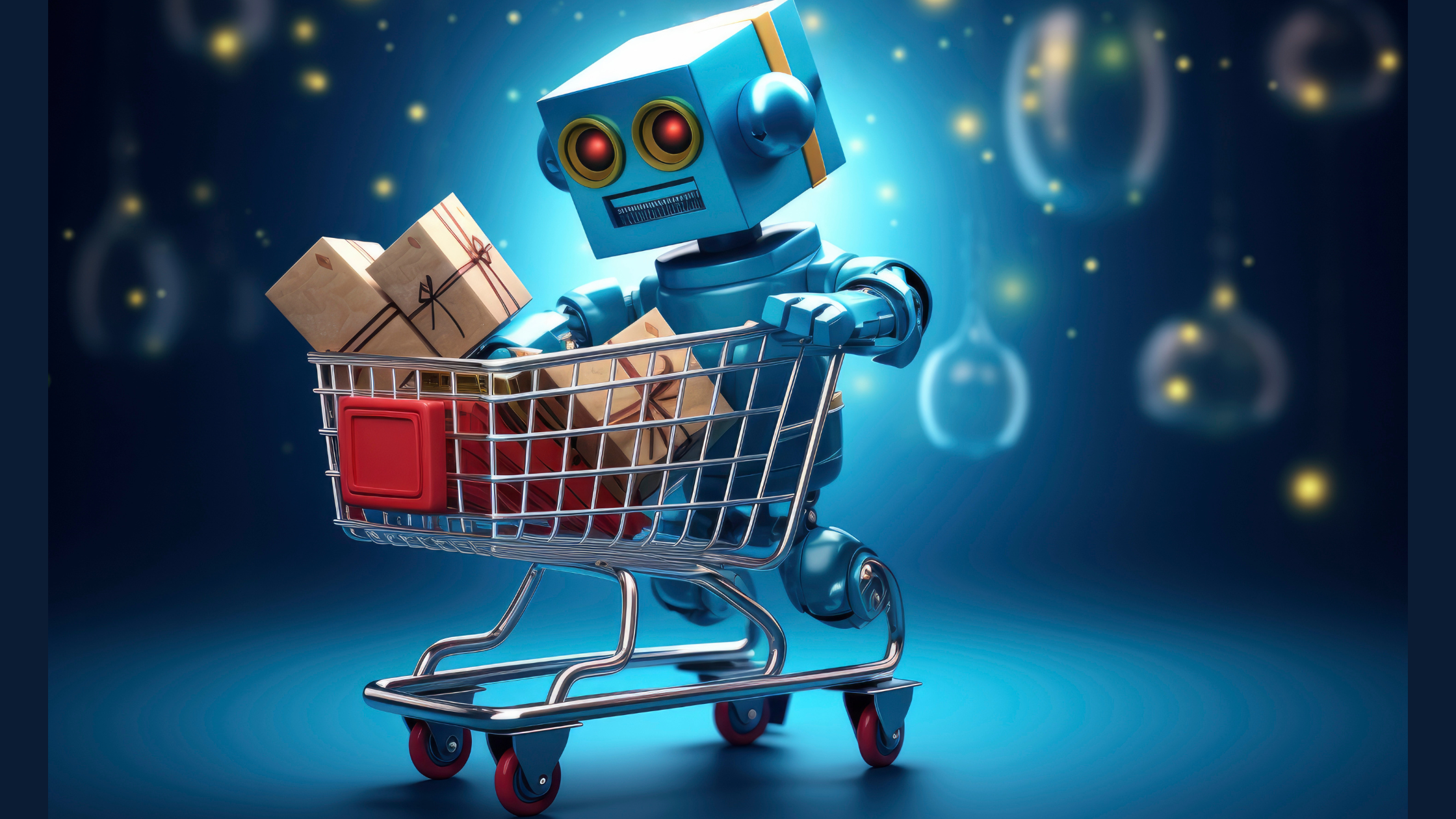Artificial Intelligence (AI) is shaping the future, and businesses worldwide are turning to AI software for advanced solutions in automation, analytics, and customer experience. Developing AI software may seem complex, but this step-by-step guide will help clarify the process, from planning and choosing algorithms to integrating machine learning. Here’s everything you need to know about AI development for 2025.
What is AI Development?
AI development involves designing, coding, and implementing software that enables machines to perform tasks typically requiring human intelligence. From chatbots and recommendation systems to predictive analytics and automation, AI applications are versatile and continue to transform industries. With the right approach, AI development can help businesses streamline operations and improve decision-making.
How Does AI Development Work?
AI development is an iterative process involving data collection, model training, and deployment. It typically follows these stages:
- Planning: Defining objectives, use cases, and data requirements.
- Data Collection and Preparation: Gathering, cleaning, and preparing data for AI model training.
- Model Selection and Training: Choosing suitable machine learning models and training them with data.
- Testing and Evaluation: Ensuring the model meets accuracy and performance standards.
- Deployment and Monitoring: Integrating the AI solution into production and optimizing as needed.
The Main Types of AI Development
There are several types of AI development, each catering to different business needs:
- Machine Learning (ML): Developing algorithms that learn from data, useful for predictive analytics, recommendation systems, and customer segmentation.
- Natural Language Processing (NLP): Enabling machines to understand human language, commonly used in chatbots, sentiment analysis, and voice recognition.
- Computer Vision: Allowing machines to interpret visual data, essential for applications in security, manufacturing, and healthcare.
- Robotics Process Automation (RPA): Automating repetitive tasks across various sectors.
- Deep Learning: Using neural networks for complex pattern recognition, such as image and voice analysis.
Key Features of AI Development
- Data-Driven Insights: AI software analyzes data to provide actionable insights.
- Automation: Reducing human error and saving time by automating repetitive tasks.
- Scalability: AI models can be scaled with increasing data and business needs.
- Personalization: Customizing user experiences based on behavior and preferences.
- Continuous Improvement: AI systems evolve with data, refining accuracy over time.
Tech Stack for AI Development
Developing robust AI software requires a well-rounded tech stack. Here are some essential tools and technologies:
- Programming Languages: Python, R, JavaScript
- Machine Learning Frameworks: TensorFlow, PyTorch, Scikit-learn
- Data Processing Tools: Apache Hadoop, Spark, Kafka
- Cloud Platforms: AWS, Google Cloud AI, Microsoft Azure AI
- NLP Libraries: NLTK, SpaCy, GPT-based models
- Computer Vision Tools: OpenCV, YOLO, Keras
Future Market Prediction of AI Development
The AI development market is projected to grow at an impressive rate, driven by increasing demand across sectors like healthcare, finance, retail, and logistics. By 2025, the global AI software market is expected to exceed $126 billion, with more businesses adopting AI-powered solutions to gain a competitive edge.
What Are the Advantages of Using AI Development?
- Efficiency: Automating tasks to save time and resources.
- Cost Savings: Reducing operational costs through automation and optimization.
- Data-Driven Decisions: Leveraging insights to make informed business decisions.
- Improved Customer Experience: Offering personalized interactions based on user behavior.
- Scalability: Adapting and growing with business needs.
Steps to Build an AI Development
Developing AI software involves several crucial steps:
- Define Objectives: Set clear goals and outcomes for the AI project.
- Data Collection: Gather relevant data for training your AI model.
- Data Preparation: Clean and preprocess data to ensure quality.
- Model Selection: Choose appropriate algorithms based on the use case.
- Model Training: Train the model using prepared data.
- Evaluation: Test the model for accuracy and reliability.
- Deployment: Integrate the model into production.
- Continuous Improvement: Monitor and improve model performance over time.
How Much Does It Cost to Develop an AI Development?
The cost of AI development varies widely based on the project’s complexity, data needs, and scope. On average, AI development projects can range from $50,000 to $500,000, depending on factors like team size, development time, and the level of customization required.
Expertise of Webllisto in AI Development
At Webllisto, we offer expertise in custom AI development for businesses of all sizes. Our team of experienced developers works closely with clients to create AI solutions tailored to their specific needs. Whether you’re looking to implement machine learning, NLP, or automation, Webllisto can guide you through each stage of AI development, ensuring a smooth and impactful integration.
Future Market Prediction of AI Development
As AI continues to evolve, its role in business operations will become even more prominent. In the coming years, AI will drive efficiency, innovation, and customer satisfaction, making it essential for companies to stay updated with the latest trends. Webllisto is dedicated to helping businesses prepare for the future of AI, offering state-of-the-art solutions for 2025 and beyond.
Conclusion
AI development is a game-changer for businesses aiming to automate, personalize, and enhance operations. Following a structured approach to AI development ensures that companies maximize the benefits of this transformative technology. With expertise in machine learning, NLP, and beyond, Webllisto is here to help you navigate the future of AI with confidence.
10 FAQs
- What is AI development?
AI development is the process of creating AI software to perform intelligent tasks autonomously. - How does AI development work?
It involves data preparation, model training, testing, and deployment. - What are the main types of AI development?
Machine learning, NLP, computer vision, RPA, and deep learning. - What is the cost of AI development?
It varies, typically ranging from $50,000 to $500,000 based on complexity. - Which industries benefit most from AI development?
AI benefits finance, healthcare, retail, logistics, and more. - What is the future of AI development?
The AI market is expected to exceed $126 billion by 2025, with increasing adoption. - Why should a business invest in AI development?
AI improves efficiency, reduces costs, and offers data-driven insights. - What tech stack is used for AI development?
Common tools include Python, TensorFlow, Scikit-learn, and AWS. - How does Webllisto help with AI development?
Webllisto provides tailored AI solutions, from planning to implementation.
Can small businesses afford AI development?
Yes, there are scalable options that cater to different budget levels.









































